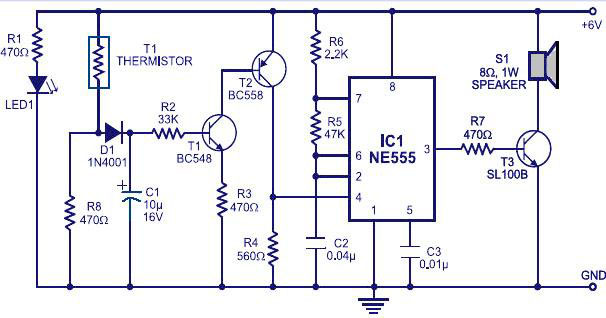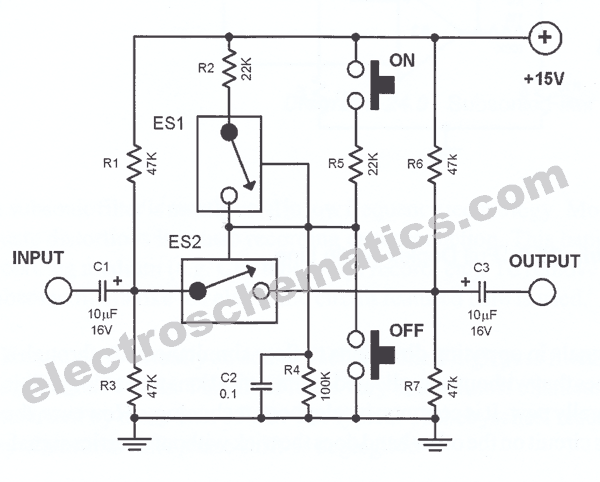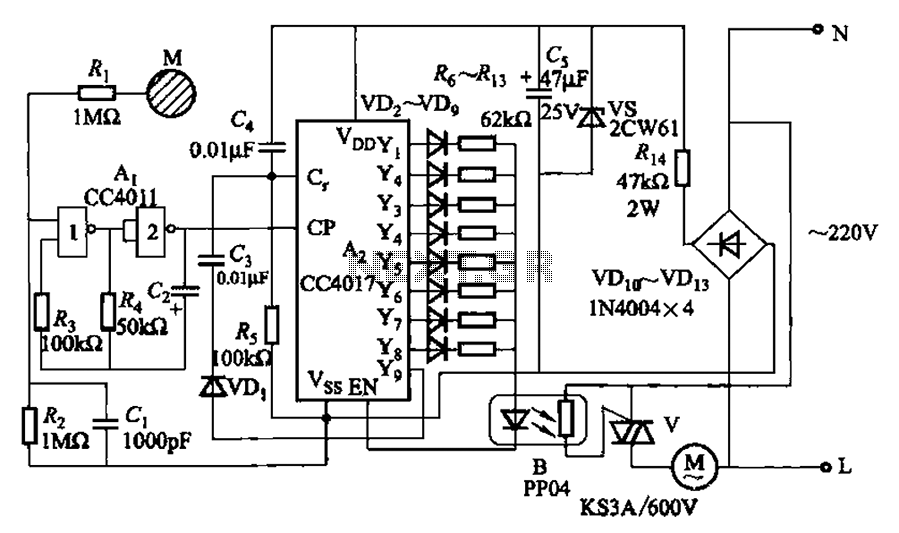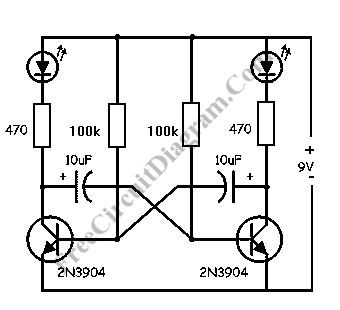
fire alarm circuit diagram for home security

Equipment designed to detect changes associated with fire, monitor the integrity of their operations, and provide automatic control and transmission of information necessary to prepare the facility for fire, temperature, and light based on a predetermined sequence. The panel also supplies electrical energy to operate the associated sensors, controls, transmitters, or relays. There are four basic types of panels: coded panels, conventional panels, access panels, and the multiplex system.
The described equipment serves a critical role in fire detection and safety systems. It is engineered to identify variations in environmental conditions that may indicate the presence of fire, ensuring timely alerts and responses. The system's monitoring capabilities extend to assessing the operational integrity of its components, thereby guaranteeing reliable performance during emergencies.
The automatic control feature allows for the seamless operation of connected devices, which may include alarms, sprinklers, and ventilation systems. The equipment transmits essential information, such as fire location and intensity, to a central monitoring system, facilitating efficient evacuation and emergency response strategies. This data transmission is often executed through a predetermined sequence, ensuring that information is conveyed in a timely and organized manner.
Power supply is a crucial aspect of the system's functionality. The panel is designed to deliver electrical energy to various components, including sensors that detect smoke or heat, control units that manage alarms and notifications, transmitters that relay information to monitoring stations, and relays that activate auxiliary devices. This power supply must be reliable and consistent to maintain operational readiness.
The four basic types of panels—coded panels, conventional panels, access panels, and multiplex systems—each serve specific functions within fire safety frameworks. Coded panels utilize unique signals to communicate alarm statuses, while conventional panels operate on a simpler system of zones to identify alarm conditions. Access panels provide entry points for maintenance and monitoring, and multiplex systems offer advanced features, such as remote monitoring and integration with other building management systems.
In summary, the equipment's design and functionality are paramount to enhancing fire safety measures in various facilities, ensuring that detection, monitoring, and response systems work cohesively to protect lives and property.Equipment designed to detect changes associated with fire, monitor the integrity of their operations and provide automatic control, the transmission of information necessary to prepare the facility for fire, temperature, light based on a predetermined sequence. The panel also supply electrical energy to operate the associated sensors, controls, tr ansmitters, or the relay. There are four basic types of panels: coded panels, conventional panels, access panels, and the multiplex system 🔗 External reference
The described equipment serves a critical role in fire detection and safety systems. It is engineered to identify variations in environmental conditions that may indicate the presence of fire, ensuring timely alerts and responses. The system's monitoring capabilities extend to assessing the operational integrity of its components, thereby guaranteeing reliable performance during emergencies.
The automatic control feature allows for the seamless operation of connected devices, which may include alarms, sprinklers, and ventilation systems. The equipment transmits essential information, such as fire location and intensity, to a central monitoring system, facilitating efficient evacuation and emergency response strategies. This data transmission is often executed through a predetermined sequence, ensuring that information is conveyed in a timely and organized manner.
Power supply is a crucial aspect of the system's functionality. The panel is designed to deliver electrical energy to various components, including sensors that detect smoke or heat, control units that manage alarms and notifications, transmitters that relay information to monitoring stations, and relays that activate auxiliary devices. This power supply must be reliable and consistent to maintain operational readiness.
The four basic types of panels—coded panels, conventional panels, access panels, and multiplex systems—each serve specific functions within fire safety frameworks. Coded panels utilize unique signals to communicate alarm statuses, while conventional panels operate on a simpler system of zones to identify alarm conditions. Access panels provide entry points for maintenance and monitoring, and multiplex systems offer advanced features, such as remote monitoring and integration with other building management systems.
In summary, the equipment's design and functionality are paramount to enhancing fire safety measures in various facilities, ensuring that detection, monitoring, and response systems work cohesively to protect lives and property.Equipment designed to detect changes associated with fire, monitor the integrity of their operations and provide automatic control, the transmission of information necessary to prepare the facility for fire, temperature, light based on a predetermined sequence. The panel also supply electrical energy to operate the associated sensors, controls, tr ansmitters, or the relay. There are four basic types of panels: coded panels, conventional panels, access panels, and the multiplex system 🔗 External reference





